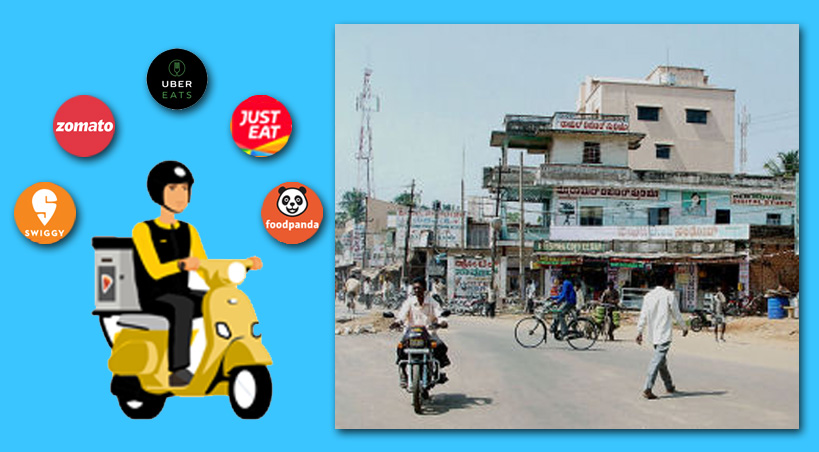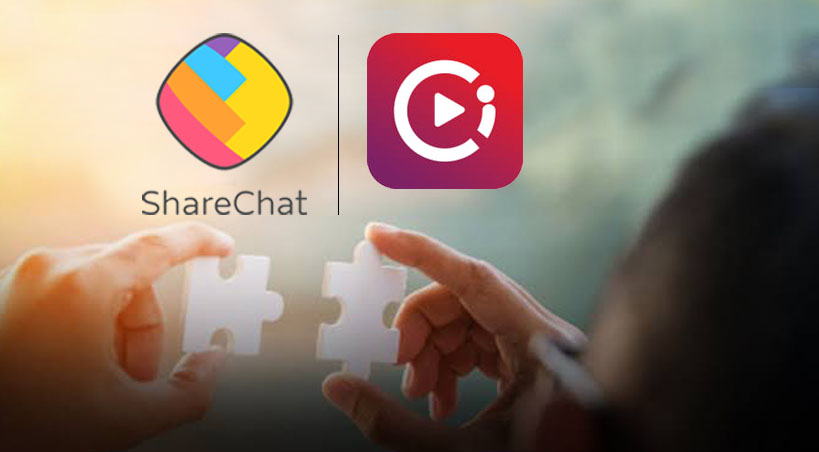Digital Acceptance To Damage Print Promotions

It’s been Eighteen months since Steven Boal said that digital methods of engaging with shoppers will replace the familiar print promotional vehicle known as the free-standing insert (FSI).
Presently, Boal is chairman and CEO of Mountain View, Calif.-based Quotient Technology, created when Coupons.com rebranded in 2015 to reflect the firm’s expanded offering of promotional solutions, which goes beyond the digitization of coupons. In 1998, at the dawn of the internet age, he founded Coupons.com with the intent of disrupting the world of retail promotions, but the transformative change happened more slowly than he expected. If he’s right, the retail world and consumers are in for a big change, as Boal can attest.
According to Steven Boal, chairman and CEO of Quotient Technology (formerly Coupons.com), the days of printed promotional vehicles are numbered. Boal believes that mixed-mode shopping will become the new normal.
“I was early with a capital E and an exclamation point,” Boal says of his initial plans to disrupt the world of print coupons. “In 1998, when I founded the company, I actually expected, watching the way media consumption was changing — remember, this was pre-smartphone and it was the Wild West out here in California — that about 20% of the physical coupons delivered in newspapers would transfer to digital. I was surprised, and continue to be surprised, at how long it took for that to happen. Instead of it taking the original five years that I expected, it took 20 years for 20% to shift.”
“I’m a strong believer that a free, independent press is a cornerstone of democracy, but the printed newspaper is probably on its last leg, sadly,” Boal says, “and the printed coupon will be gone in 18 months.”
The digital methods of consuming information continue to gain traction. The key driver of the shift was the decline of Sunday newspaper circulation, which today is less than half of what it was at its peak of around 62 million in the early 1990s.
Of course, it’s possible that Boal is early in his prediction, as he was before, or even wrong. But the latter seems unlikely, given digital trends overall and the fact that Boal now has a clear view of the world of CPG marketing. Quotient works with some of the biggest names in retail and more than 700 consumer goods companies. That means Boal is in a position to see change coming in how advertising budgets are being allocated and how shopper behavior is changing as a result of COVID-19.
As the outbreak of COVID-19 turned into a national emergency and pantry loading occurred, many brands curtailed promotions because they weren’t needed to grow sales, and shoppers were likely to be disappointed if promoted items weren’t available and out-of-stock levels were high. The retailers were looking to limit store traffic.
“The thing that will likely surprise me the most over the next two years is how quickly this entire industry goes from being a laggard to an innovator,” Boal says.
“With the technological changes, the impact of COVID-19, which is an accelerant, and CPGs finally raising their hand and publicly saying they’re coming out of the free-standing insert, this 50-year-old promotional vehicle will be gone in 18 months.”
The arrangement makes coupons from companies such as Bayer HealthCare, Kimberly-Clark, Colgate-Palmolive, and Johnson & Johnson available through the Shipt website and app for the first time. The company is among those offering marketers a better mousetrap to engage with shoppers in a highly precise, measurable, and impactful way. One recent example involved the company’s decision in May to work with Birmingham, Ala.-based grocery delivery provider Shipt, owned by Target Corp.
Customers select their preferred retailer and then discover coupons as they browse the items they need, and coupons also appear for applicable items on product pages. Once selected, coupons are redeemed when items are purchased and delivered by a Shipt Shopper. Customers can also virtually clip coupons in the app’s savings tab to be redeemed later at checkout
The combination of those factors caused an interruption in promotions, but also caused a massive shift in consumer behavior, with more shoppers now digitally engaged. Customers who were already e-commerce users became even bigger digital fans, while others, eager to avoid setting foot in physical stores, became e-commerce customers for the first time. As they did so, they entered the digital food retailing universe, where they comprise a new type of audience that retailers provide access to via media platforms.
As more shoppers enter the digital fold, it means that CPGs and retailers can be more precise in targeting than was ever possible with print FSIs and circulars, which Boal defines as separate vehicles, although sometimes the terms are used interchangeably.
“Both of those vehicles are on their way out,” Boal maintains. “The circular is moving more slowly than the FSI because so much of merchandising is dependent on that. And so while Quotient offers digital platform solutions for both of those, I believe the first thing to go will be the FSI.”
Smaller brands that filled the void now have the digital means to drive repeat purchases and become preferred brands. Irrespective of the time frame in which the shift to all digital occurs, it has the potential to benefit smaller brands that may have lacked marketing budgets to participate in FSI or circular programs.
“We have about 600 second-, third- and fourth-tier brands on our platform portfolio, and those brands are looking to stay top of mind with digital in a way that analog can’t,” Boal says. “They don’t have the budgets, and they also have cash-flow concerns because they’re also cranking up their supply chains. We bring those brands to a retailer as a set and say, ‘Here’s an opportunity for all of these brands to participate in the retail system, where they never had that opportunity before.”
Boal says “Retailers that have the biggest store footprint, that is closest to the shoppers, that a lot of people show up to pick up their things and maybe discover something else, they are going to win in the long term.’’
But winning long-term also means retailers will have to redesign store spaces that are currently optimized for physical shopping, not the fulfillment of digital orders. He added, “The innovative retailers are thinking about how to design stores for partial warehousing and partial discovery. “There’s actually some technological innovation and some process innovation coming that is pretty exciting.”



